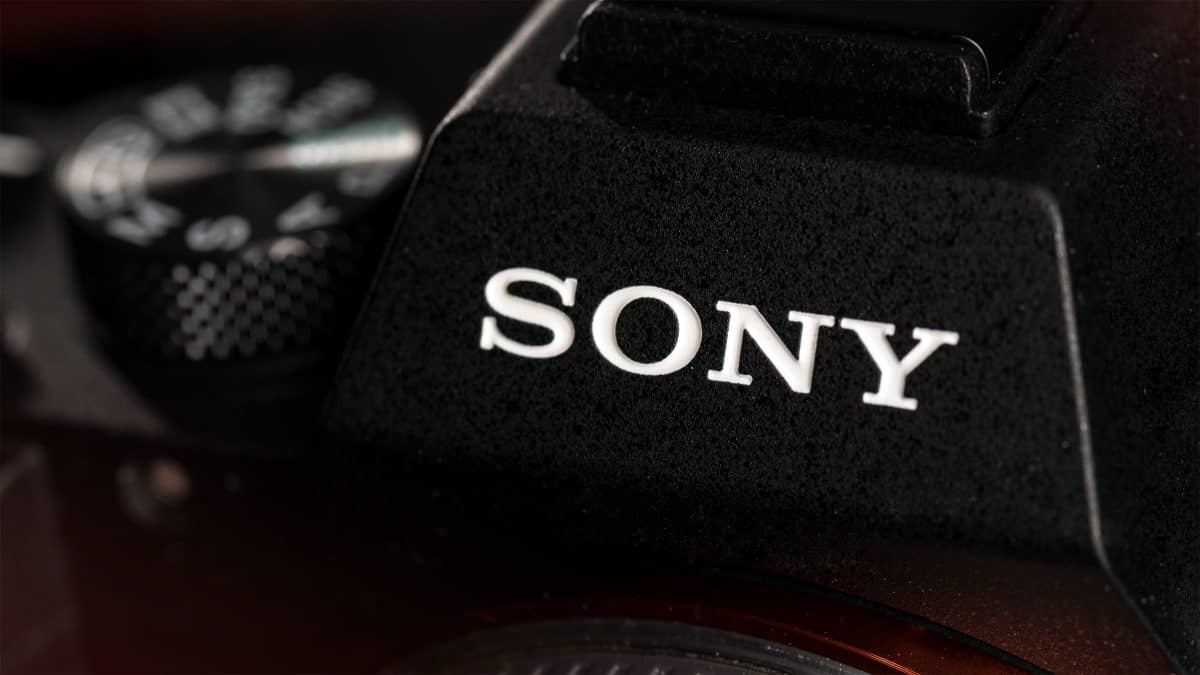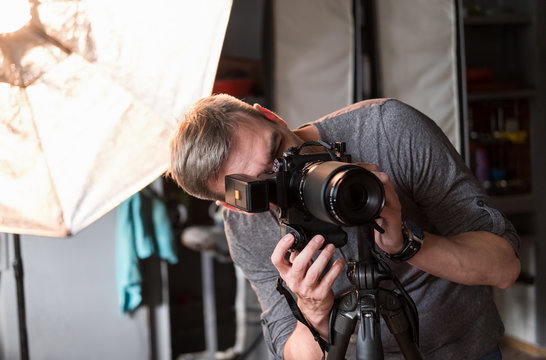Mastering The Lens: Advanced Photography Techniques and Trends for 2022

14-11-2024, 22:26 Admin 3 347 0
As digital imaging technology continues to transform, staying at the forefront of photography developments is paramount for professionals. Hence, conscious awareness of evolving trends is as crucial as mastering innovative techniques. The crux of our discussion in this third part of our series will be about leveraging technology tools to optimize efficiency in photography.
The first trend to anticipate in the 2022 photography landscape is the rise of computational photography. Through this advanced technique, several images taken at different exposure levels - light and dark - merge to form a single optimal image with well-distributed brightness. In essence, computational photography leverages software algorithms in adjusting the lens settings for optimal light intake, thus expanding the dynamic range beyond traditional camera capabilities.
For instance, Google Pixel and iPhone have already integrated computational photography in their smartphones. Their HDR+ and Deep Fusion technologies respectively, allow for tweaking of settings for each pixel independently, creating high-quality images even in low-light settings.
Intelligent automation is the second trend revolutionizing photography. In the quest for efficiency, camera manufacturers are developing AI-based features to enhance the automation of meticulous tasks. One such advancement is AI-based autofocus, able to detect and track a subject accurately, reducing the effort to manually adjust the focus during a shoot.
Moreover, Nikon's D6, with its Advanced Scene Recognition System, sets itself apart. This technology analyzes each scene's colors and patterns, automatically adjusting settings for optimal results, helping photographers expediently capture the best shots in different environments while ensuring consistency.
Experimental optics represents another transformative trend in the photography mastery journey. The desire to achieve unique perspectives and styles will propel the popularity of distinctive lenses. Lomography's In-camera vignetting and Fisheye lens are revolutionary, allowing photographers to experiment with stunningly warped angles and soft-focused peripheral regions, adding a unique artistic touch to photos.
Finally, it's vital to embrace digital cross-platform integration. Data synchronization across multiple devices smoothens the workflow, significantly increasing productivity. Notably, Adobe's Lightroom CC provides such a cloud-based platform, allowing for editing, organizing, storing, and sharing photos across platforms seamlessly. Greater efficiency is achievable as there is no need to transfer files manually, thus streamlining the post-photography process.
The year 2022 awards savvy photographers with an array of promising trends and techniques. Embracing computational photography, intelligent automation, experimental optics, and cross-platform software will revolutionize the photographic process, offering unprecedented efficiency and creativity. In the relentless quest to master the lens, evolving with technology and time holds the key to sustained success in the ever-changing photography landscape.
The first trend to anticipate in the 2022 photography landscape is the rise of computational photography. Through this advanced technique, several images taken at different exposure levels - light and dark - merge to form a single optimal image with well-distributed brightness. In essence, computational photography leverages software algorithms in adjusting the lens settings for optimal light intake, thus expanding the dynamic range beyond traditional camera capabilities.
For instance, Google Pixel and iPhone have already integrated computational photography in their smartphones. Their HDR+ and Deep Fusion technologies respectively, allow for tweaking of settings for each pixel independently, creating high-quality images even in low-light settings.
Intelligent automation is the second trend revolutionizing photography. In the quest for efficiency, camera manufacturers are developing AI-based features to enhance the automation of meticulous tasks. One such advancement is AI-based autofocus, able to detect and track a subject accurately, reducing the effort to manually adjust the focus during a shoot.
Moreover, Nikon's D6, with its Advanced Scene Recognition System, sets itself apart. This technology analyzes each scene's colors and patterns, automatically adjusting settings for optimal results, helping photographers expediently capture the best shots in different environments while ensuring consistency.
Experimental optics represents another transformative trend in the photography mastery journey. The desire to achieve unique perspectives and styles will propel the popularity of distinctive lenses. Lomography's In-camera vignetting and Fisheye lens are revolutionary, allowing photographers to experiment with stunningly warped angles and soft-focused peripheral regions, adding a unique artistic touch to photos.
Finally, it's vital to embrace digital cross-platform integration. Data synchronization across multiple devices smoothens the workflow, significantly increasing productivity. Notably, Adobe's Lightroom CC provides such a cloud-based platform, allowing for editing, organizing, storing, and sharing photos across platforms seamlessly. Greater efficiency is achievable as there is no need to transfer files manually, thus streamlining the post-photography process.
The year 2022 awards savvy photographers with an array of promising trends and techniques. Embracing computational photography, intelligent automation, experimental optics, and cross-platform software will revolutionize the photographic process, offering unprecedented efficiency and creativity. In the relentless quest to master the lens, evolving with technology and time holds the key to sustained success in the ever-changing photography landscape.
Related News
Leave a Comment


